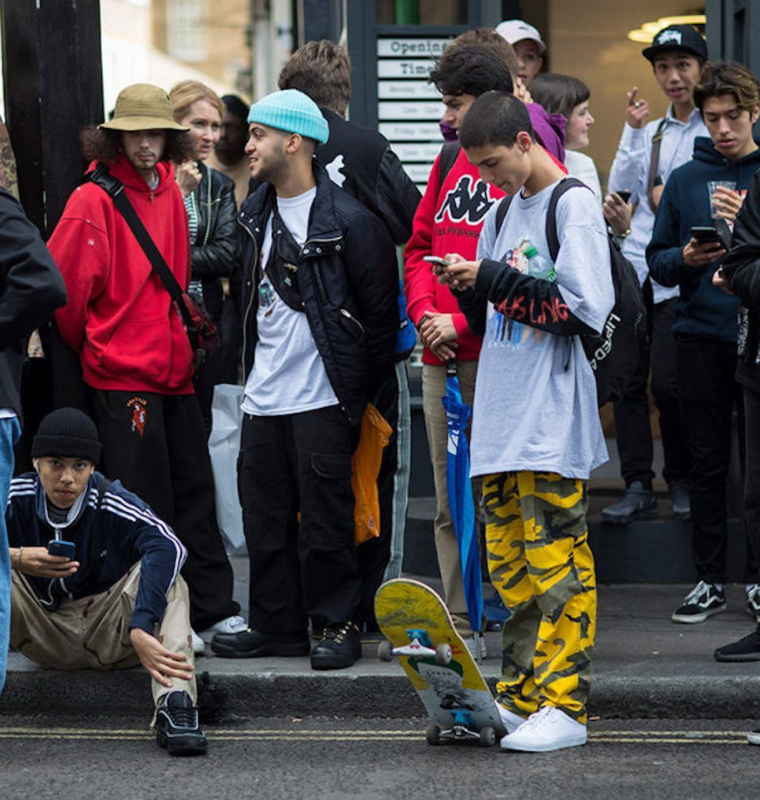Pop Mart Welcomes Cooling Labubu Resale Frenzy as Prices Fall Sharply
Pop Mart Welcomes Cooling Labubu Resale Frenzy as Prices Fall Sharply
By
Junia Wells
Last updated:
September 26, 2025
First Published:
September 26, 2025

Photo: South China Morning Post
Pop Mart’s wildly popular Labubu dolls have dominated the collectibles scene this year, sparking a resale boom where rare editions sold for staggering markups. Some blind-box versions changed hands for more than 2,000% above retail, and in one case, a group of thieves in California pulled off a $30,000 Labubu heist.
But the fever pitch has cooled. Resale prices are now tumbling—sometimes by half or more—as scalpers rush to offload stock. While that might sound like bad news, Pop Mart says it’s exactly what the company wants.
From Scarcity to Accessibility
In a statement, Pop Mart stressed that its mission is to connect fans with the joy and artistry behind its characters, not to fuel speculative trading. “Our products are made for people who really connect with the art and joy they bring. Making this art accessible is key for us,” the company said. It also warned that markets driven purely by profit-seeking “will eventually crash.”
Industry experts agree the strategy marks a shift. Ashley Dudarenok, founder of China research firm ChoZan, noted that while inflated resale prices initially boosted Labubu’s desirability, they risked alienating genuine fans. “Pop Mart does not wish to be a one-hit wonder,” she said.
Production Surge to Meet Demand
Resale prices began to decline after Pop Mart dramatically increased production, responding to consumer frustration over scalpers. The Beijing-based company now produces about 30 million plush toys each month—10 times its output a year ago.
Still, analysts highlight more than just supply. Cooling demand, particularly for older models and in mainland China, is contributing to the slump. Hao Hong, chief investment officer of Lotus Asset Management, said scalpers are likely liquidating inventory to avoid being stuck with unsellable stock.
Morningstar analyst Jeff Zhang views the resale market as a real-time barometer of Pop Mart’s hottest products. “When demand outpaces supply, the secondary market lights up. When it cools, it’s a sign momentum is shifting,” he said.
Market Impact and Share Price Performance
Pop Mart’s stock has slipped 16% in the past month, reflecting investor concerns about waning hype. Yet shares remain up more than 200% year-to-date, according to LSEG data, fueled by the brand’s global expansion and loyal fanbase.
The company doesn’t profit directly from the resale frenzy—it earns revenue from original sales. But the perception of scarcity undeniably amplified its reputation, much like luxury goods brands. Analysts caution, however, that mass-produced toys differ from luxury watches or handbags. “A gold watch will last forever. I think Hermès will last for a long time… the doll won’t,” said Hong.
Beyond the Hype Cycle
Pop Mart is betting that Labubu will remain strong into next year, supported by overseas expansion across North America and Asia-Pacific. It already runs a theme park and partners with global names such as Uniqlo, Disney, and Coca-Cola. The company is also investing in original animation to deepen the storytelling around its characters.
At the same time, it is moving beyond its blind-box business model, which helped fuel the craze but also drew scrutiny from Chinese state media over addictive buying behaviors.
The Hunt for the Next Labubu
Analysts say Pop Mart’s real challenge is not preserving Labubu’s heat but creating the next cultural phenomenon. Dudarenok likens the company’s creative teams to “modern-day anthropologists,” constantly studying niche consumer groups to design characters that resonate.
“Labubu wasn’t an overnight sensation—it took years of work before it exploded globally,” she said. “I believe Pop Mart will continue to surprise us with new characters and new hits in the years ahead.”
Popular articles
Subscribe to unlock premium content
Why Consumers Buy Limited-Edition Fashion and Beauty Products

How K-Beauty Changed the Global Skincare Industry and Consumer Expectations

How Streetwear Became a Billion-Dollar Industry From Niche to Mainstream

Why Consumers Buy Limited-Edition Fashion and Beauty Products

How K-Beauty Changed the Global Skincare Industry and Consumer Expectations

Why Consumers Buy Limited-Edition Fashion and Beauty Products









